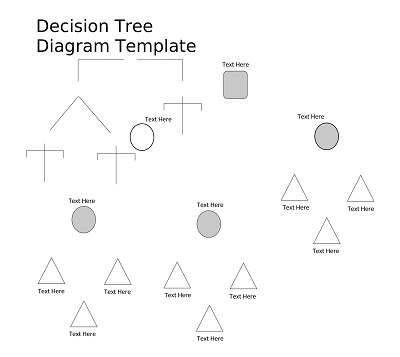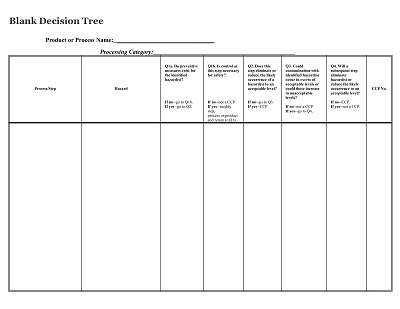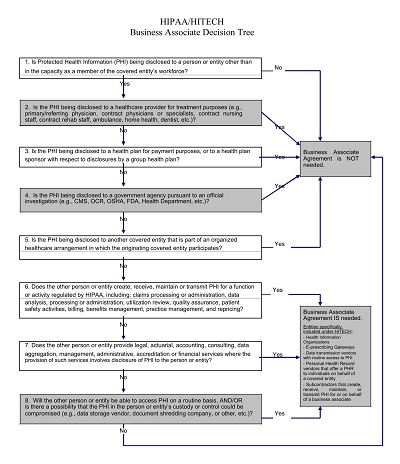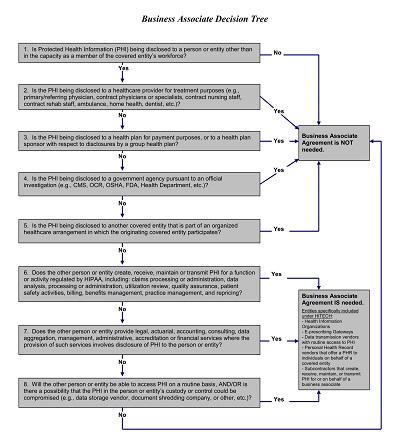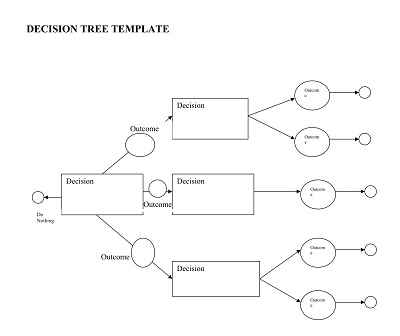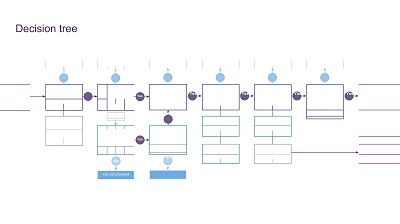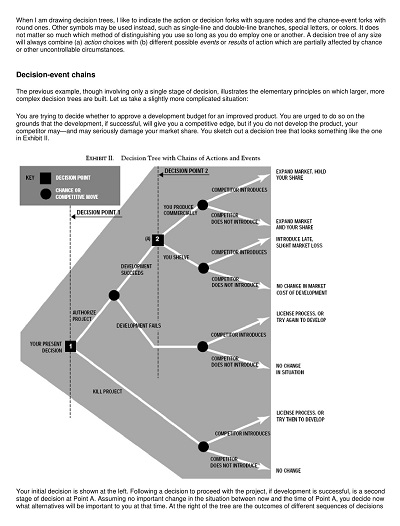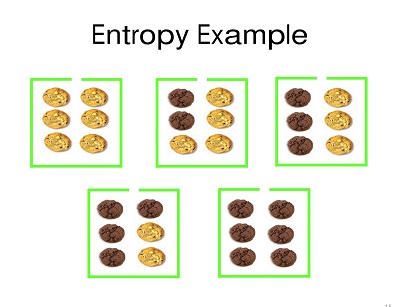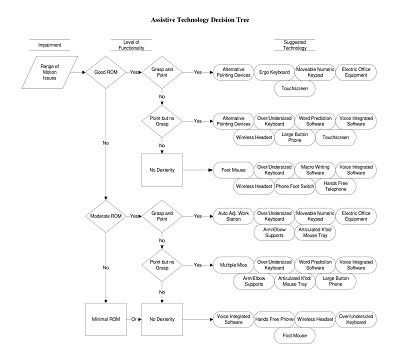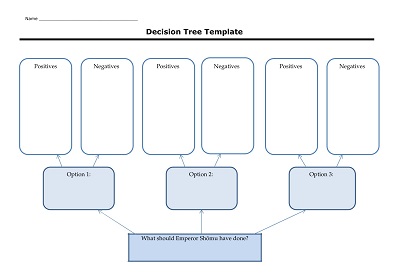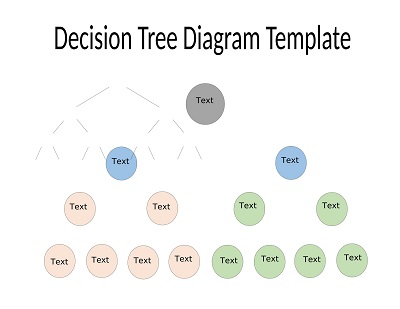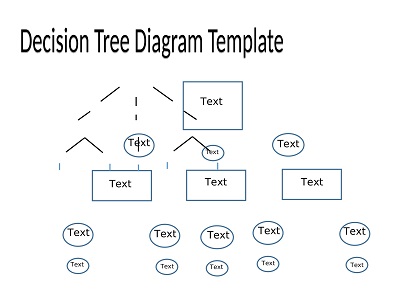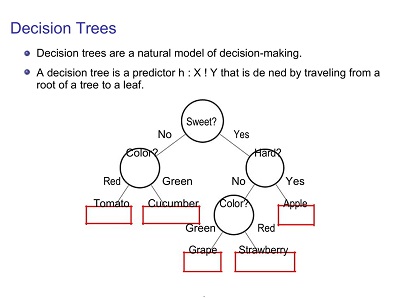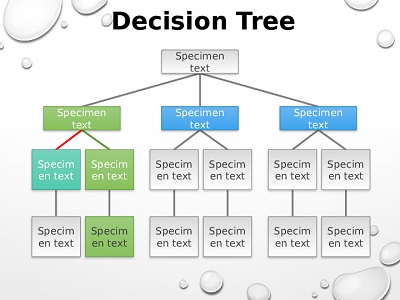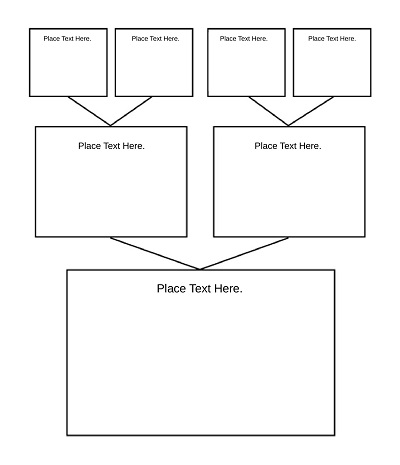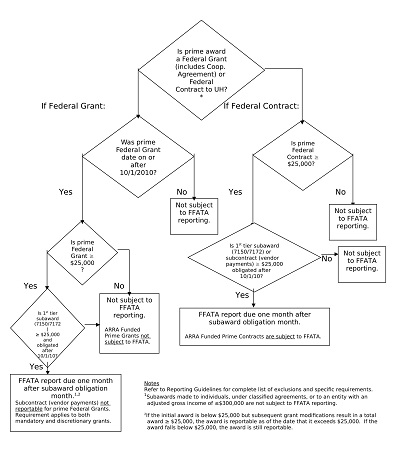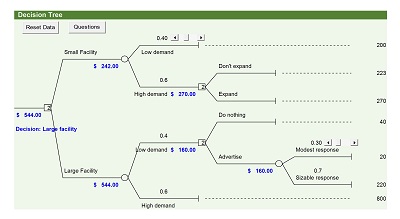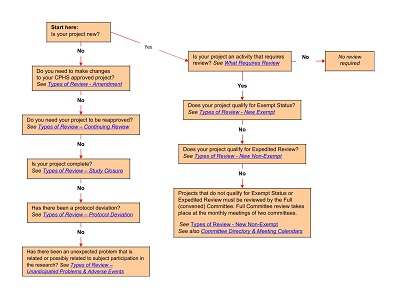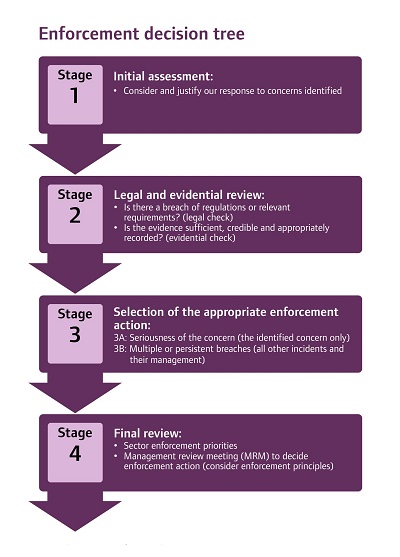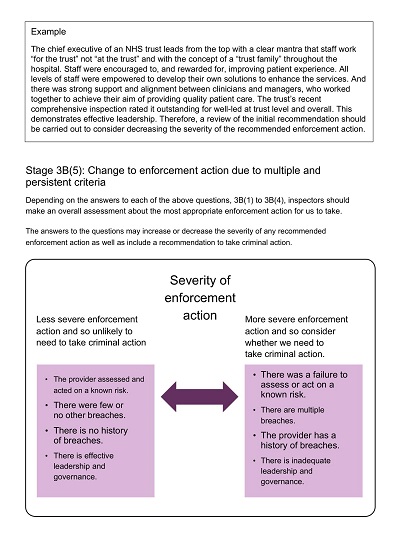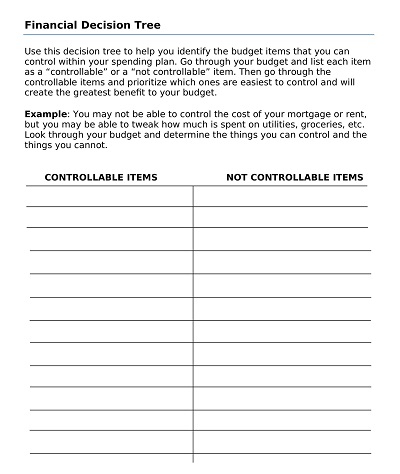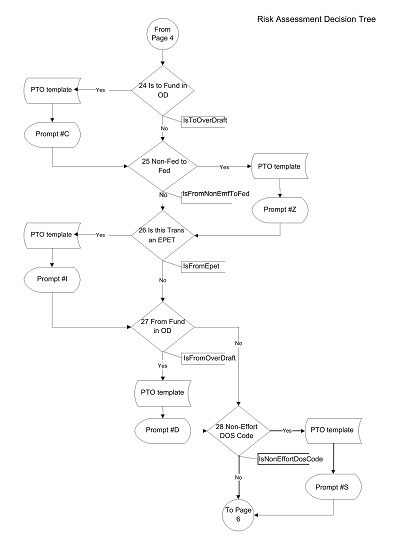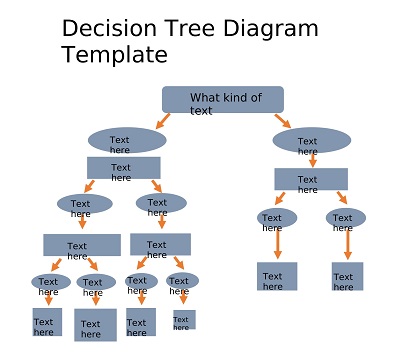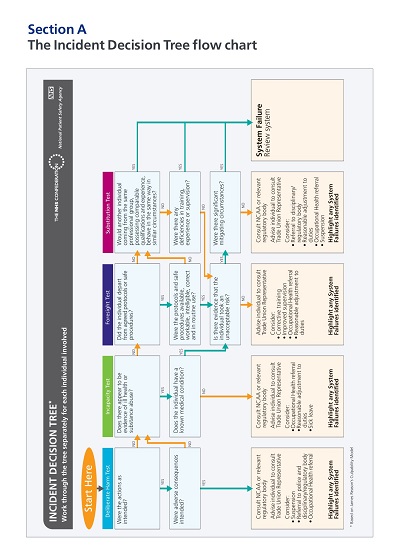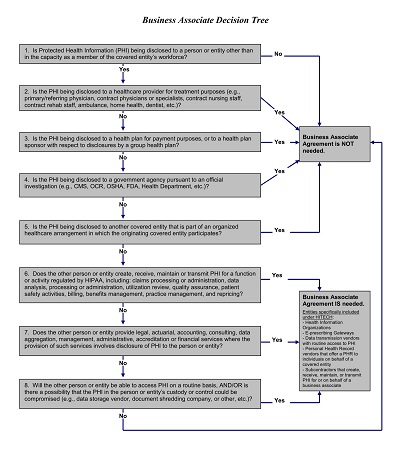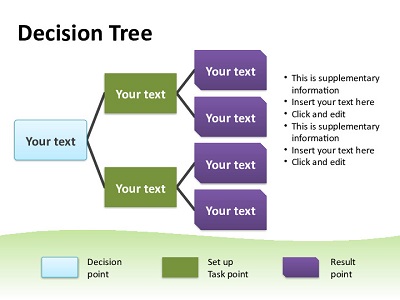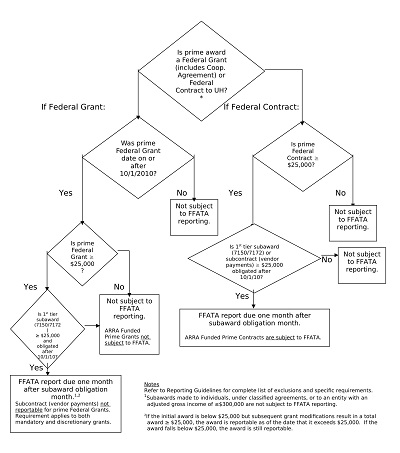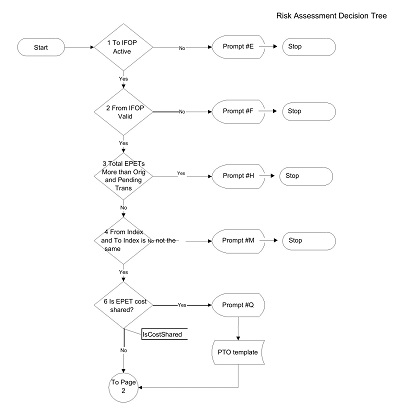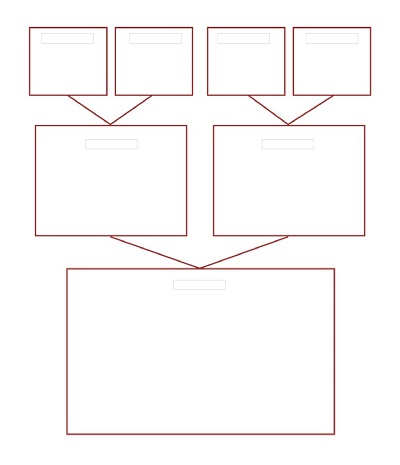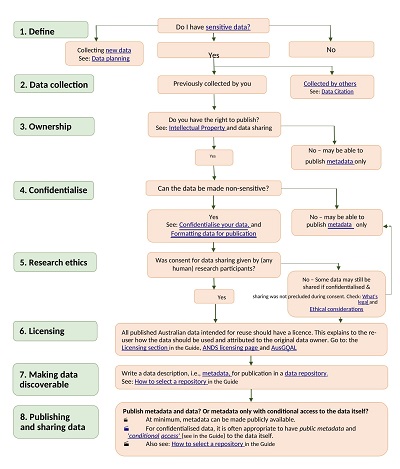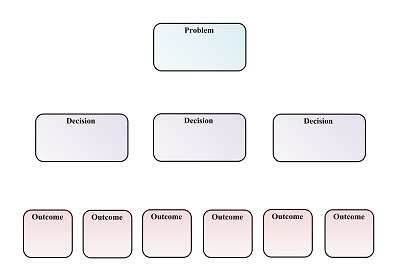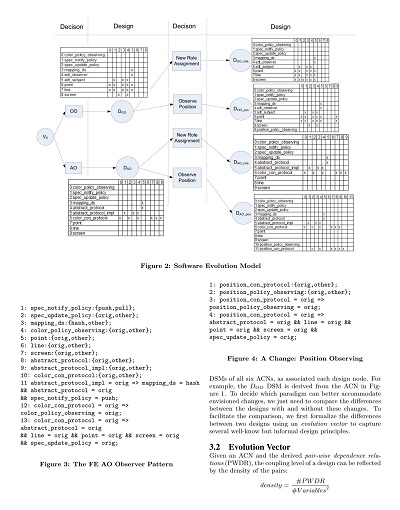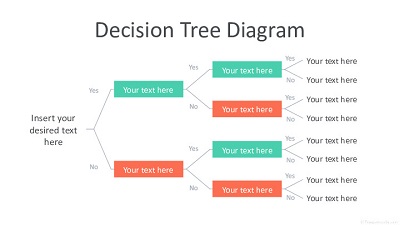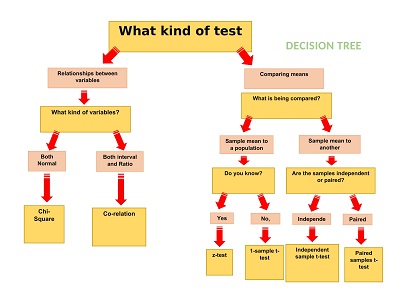46+ Free Simple Decision Tree Templates (Word, PowerPoint)
A decision tree template is a graphical representation of choices and possible outcomes used to make decisions. It’s a visual tool that helps decision-makers evaluate alternatives, weigh pros and cons, and calculate potential risks and benefits, ultimately arriving at the best possible choice.
Decision tree templates are widely used in business, finance, healthcare, and many other fields where complex decisions must be made based on uncertain data and multiple criteria. By organizing information logically and systematically, decision trees provide a clear roadmap for decision-making, empowering individuals and teams to make informed choices that maximize value and minimize risks.
Download Free Simple Decision Tree Templates
Key Components of a Decision Tree
A decision tree can be an incredibly useful tool when making complex decisions. Decision trees visually represent each potential choice and the different pathways resulting from each decision. Several key components are essential to consider when creating a decision tree. First, identifying all possible choices is critical.
Once each choice is identified, assigning probabilities to each outcome helps quantify each decision’s potential risks and rewards. Additionally, decision trees include chance nodes that represent situations where the outcome is uncertain. Finally, decision trees typically have a decision node, representing the decision-making process’s starting point. Understanding and incorporating these components is crucial in creating a comprehensive and effective decision tree.
Decision Tree Terminology and Concepts
Making decisions can be complex, especially when we have multiple factors to consider. That’s where decision tree terminology and concepts come in handy. Decision trees are diagrams that help us visualize decision-making scenarios.
They consist of nodes, branches, and leaves, each representing a different aspect of our decision. Nodes are decision points where we must choose between two or more options. Branches represent the possible outcomes of each choice, while leaves represent the outcome or result. By understanding the terminology and concepts of decision trees, we can make more informed and effective decisions.
Splitting Criteria in Decision Tree Construction
Decision tree construction is an important process in machine learning that aids in making decisions by dividing a complex problem into simpler subproblems. Understanding splitting criteria is essential to successfully constructing a decision tree. Splitting criteria determine how the best split should be made at each decision tree node.
The goal is to separate the data points based on the independent variables so that a decision can be made in the most accurate way possible. Several splitting criteria, including the Gini index, information gain, and chi-square test, can be used. Understanding these criteria is crucial in developing an accurate and efficient decision tree. So, choosing the best splitting criteria is important to create a decision tree that truly fits the data.
How to Create a Decision Tree Template
Decision-making can be tedious and time-consuming, especially if you must review options and weigh their pros and cons. This can often lead to indecision, missed opportunities, and poor business results. However, with the help of a decision tree template, you can simplify the decision-making process and make it more effective.
- Define your end goal: Before creating a decision tree template, you need to define your end goal. This means determining the specific problem you want to solve or the decision you want to make. You can build your decision tree once you’ve clearly defined your end goal. The end goal will be at the top of the decision tree, and each branch will lead to a possible outcome.
- Gather your data: The effectiveness of your decision tree template depends on the quality and relevance of the data you gather. This means carefully considering all possible options and outcomes and gathering reliable data. The more information you have, the better your decision tree will be.
- Decide on your decision criteria: Once you have your data, you need to decide on the criteria you’ll use to make your decision. This will involve determining the factors that are most important to your decision-making process and prioritizing them. You’ll then use these criteria to evaluate each option or outcome.
- Build your decision tree: With your end goal, data, and decision criteria in place, you’re ready to start building your decision tree template. Start by creating a flow chart on paper or a whiteboard. Draw lines to connect the branches and use symbols or images to represent different choices and outcomes. Once you have your rough draft, you can create a clean and professional-looking copy using a decision tree template software.
- Test and improve your decision tree template: Once complete, you should test it to identify any flaws in your decision-making process. Gather feedback from employees or potential customers to see if they agree with your conclusions. From there, you can refine your decision criteria and tweak your decision tree to make it more effective.

